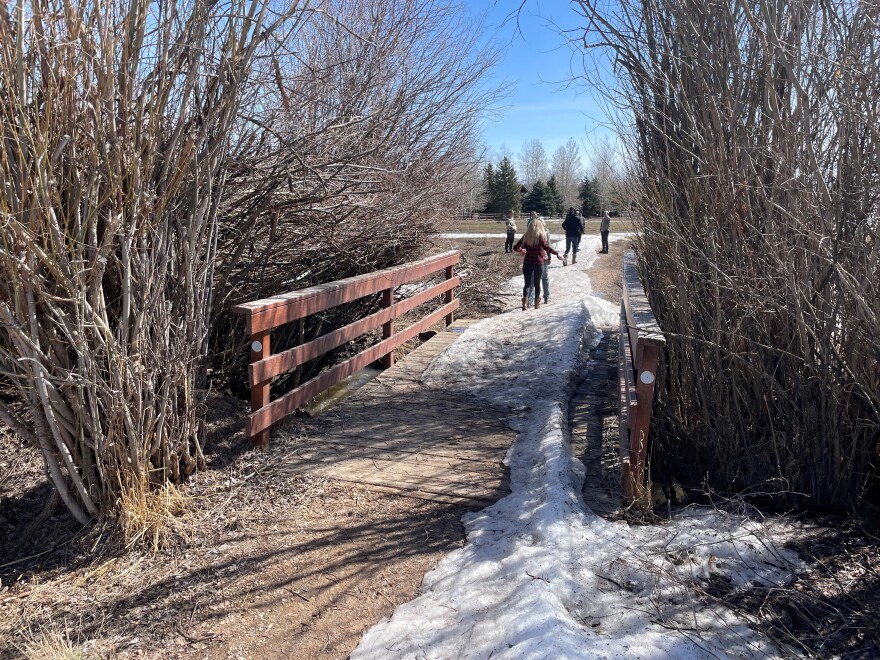Scientists agree that most areas around the globe, Park City included, have warmed by over 1 degree Fahrenheit in the last century.
But zooming in on the summer shows a more concerning trend. Summer mornings in the Snyderville Basin have risen 6 degrees in the last 50 years.
Hydrologist Matt Lindon, a Snyderville Basin resident of more than four decades and recipient of the National Oceanic and Atmospheric Administration’s Cooperative Observer Award, noticed the trend after running statistical analysis on newly-released climate data.

The data comes from Lindon's own backyard and Oregon State University’s PRISM program, which he says is particularly good at modeling mountain meadows like the Snyderville Basin.
“And these are summer morning temperatures that were jumping out at me, so I focused in on these July temperatures,” Lindon said.
He says the basin is hardly ever seeing its historic “average” morning temperatures anymore.
“And that’s pretty universal that around the country and around the world morning temperatures are seeing the greatest rise,” he said.
Lindon said the Park City-area temperatures have been particularly high in the last decade, so he experimented with plotting exponential increases.
Many scientists plot a straight line to predict where temperatures are headed next.
But Lindon worries that the compounding effects of increased greenhouse gasses, warming oceans and wildfires, will make things exponentially worse.
His exponential regression predicts summer morning temperatures will increase by 10 degrees in the next 50 years. The more conservative linear model shows an increase of 2 degrees during that time.
The good news is that winter morning temperatures have remained relatively flat, Lindon said.
That’s important because Salt Lake City could host another Winter Games in 10 years, and climate change will affect whether they can return in decades to come.


